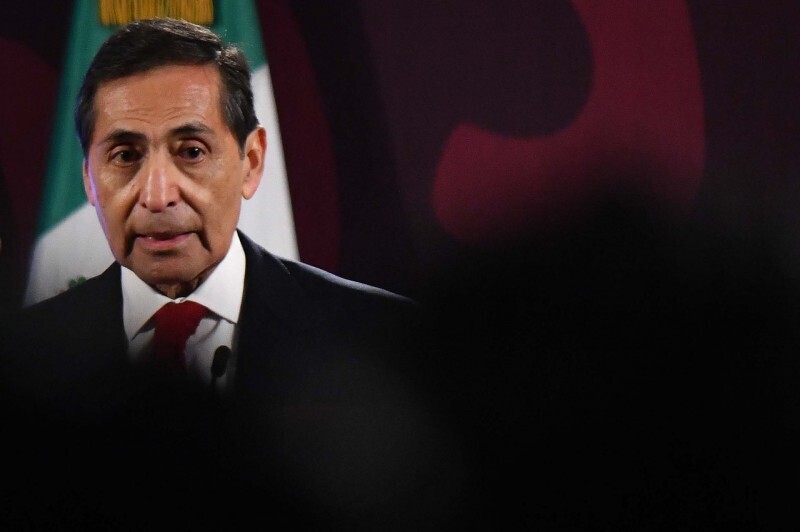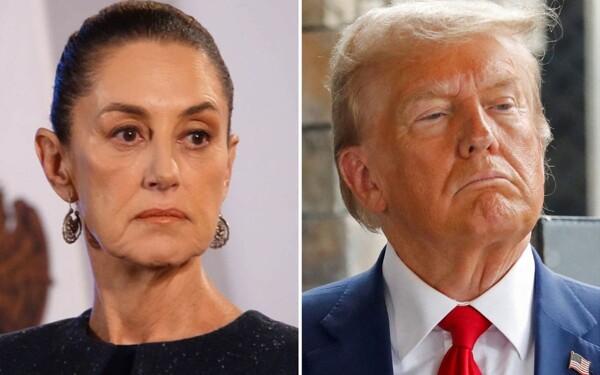
The financial market reacted negatively to the tariff threats made by Donald Trump, President of the United States, resulting in a decline of the Mexican peso against the dollar by more than 1%. Although no official decree was issued, Trump's announcement of possible tariffs against Mexico starting February 1 caused instability in the markets, breaking the calm that existed previously during his inaugural speech.
Initially, the Mexican peso showed an appreciation of 1.42%, reaching a trading value of around 20.50 pesos per dollar by midday on Monday. However, the situation changed in the afternoon following the tariff threat, pushing the exchange rate to 20.74 pesos per dollar, a level that was maintained at the beginning of Tuesday's session. In this scenario, the Mexican peso is positioned as the most depreciated currency against the dollar among the main pairs, while the index of the U.S. dollar strengthened by 0.54%.
In response to these threats and uncertainties, the head of government of Mexico City, Claudia Sheinbaum, urged maintaining calm and defended the sovereignty of the country. During a press conference, Sheinbaum emphasized the importance of the decrees that President Trump actually signs and assured that the Treaty between Mexico, the United States, and Canada (USMCA) remains in force and is not at risk despite the current tensions.
The tariff threat adds to other factors of uncertainty in Mexico, such as the locally approved reforms, expectations of the secondary laws of the energy reform, and issues related to the economic team, such as the continuity of the Secretary of Finance, Rogelio Ramírez de la O, and the new appointment at the Bank of Mexico.














